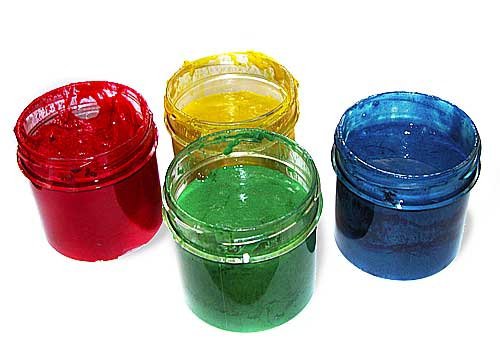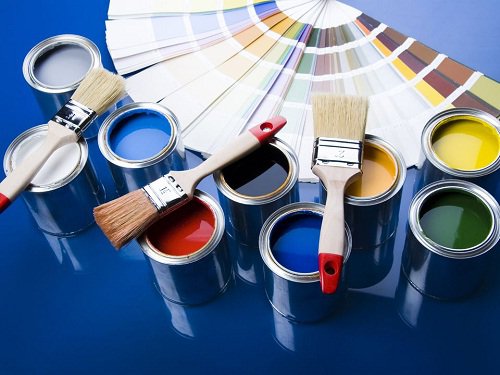The most harmful and safest paints
What paints are there?
Paints are used in various types of human activities (construction, art, etc.). Enamel, oil and other varieties are used for painting walls, building facades, etc., watercolors, gouache and alkyd paints - in the creation of works of art, permanent, decorative - in hairdressing and cosmetology. Nowadays, any paint consists of various chemical compounds that, to one degree or another, can have a harmful effect on humans.
Centuries ago, paints were made on the basis of natural substances and minerals: lapis lazuli, malachite, orpiment and azurite. Organic matter extracted from molluscs and plants was added. Only from the 18th-19th centuries, when varnishes and paints began to be produced on an industrial scale, artificial pigments were increasingly added to their composition. Artificial ultramarine, ocher, etc. appeared.
Which paints to avoid?
Mineral paints based on lead, copper and cobalt are considered especially harmful. But it is they who are more resistant to light, have durability and brightness, require less production costs, which explains their widespread use in cosmetology, applied arts, etc. containing artificial minerals:

You can not stay for a long time in a painted enclosed room;
Do not give children under 3 years old gouache and watercolors made on the basis of artificial mineral dyes to children.
Indoor paints

At the same time, in recent years, most manufacturers of hair dyes, artistic paints for children, are trying to use not only synthetic minerals, but also natural products. the most harmless are dyes used in the food industry.
If we talk about decorative paints that are used in construction work, then even without lead in their composition, they can cause serious harm to human health if they contain a large concentration of solvent. Over the years, solvents fizzle out and "chemicals" enter the atmosphere. White spirit is considered a particularly harmful solvent. It is best to use alkyd, water-based and polyester paints for painting premises.
Prefer organic
And finally, it should be noted that organic paints based on natural plant and animal substances are considered the safest today. Such paints are produced today, but in very limited quantities and not on an industrial scale: in elite beauty salons, in art workshops, etc. Unfortunately, they have a very short shelf life, therefore, even in the food industry, artificial organic paints are most often used.
